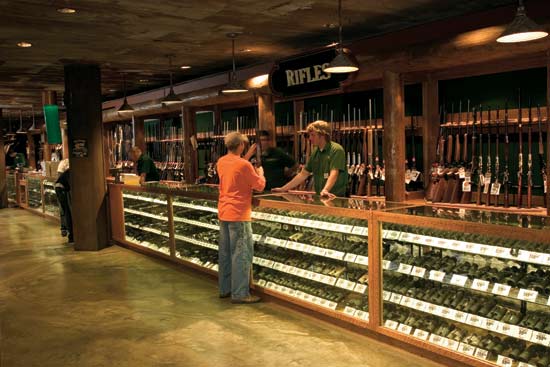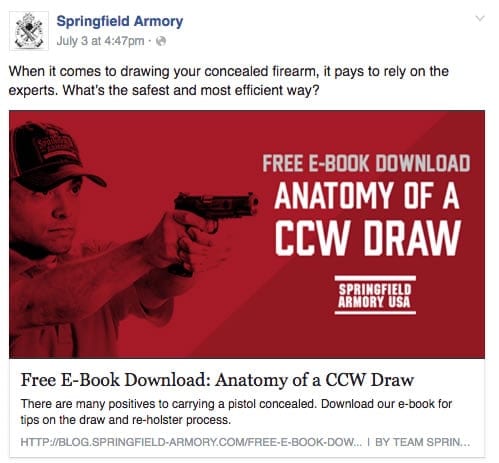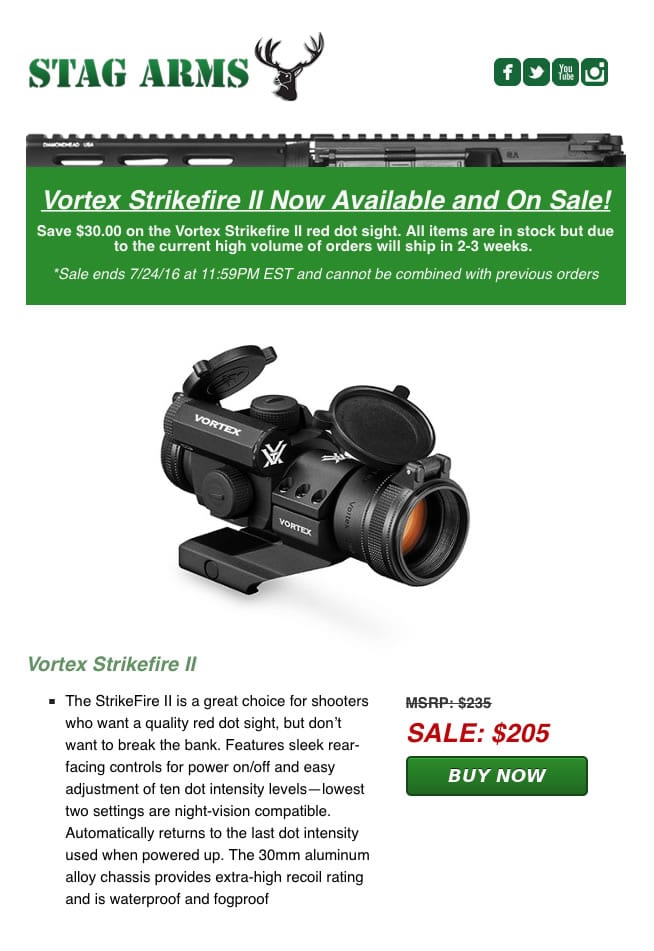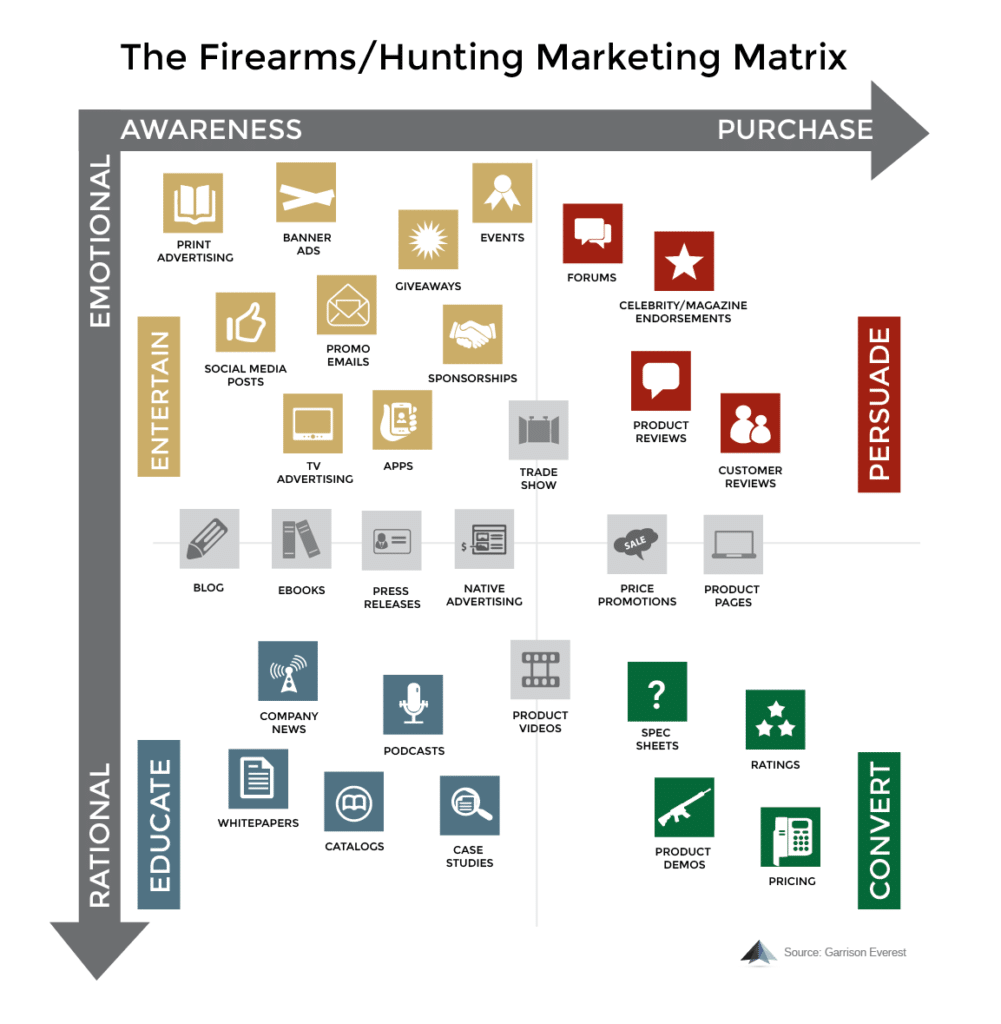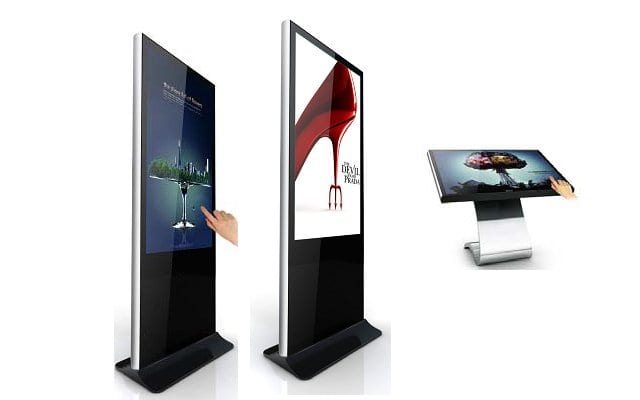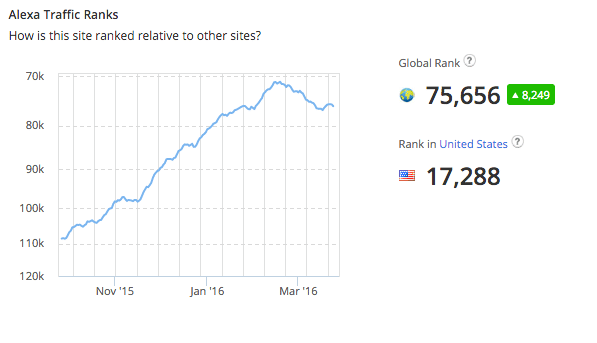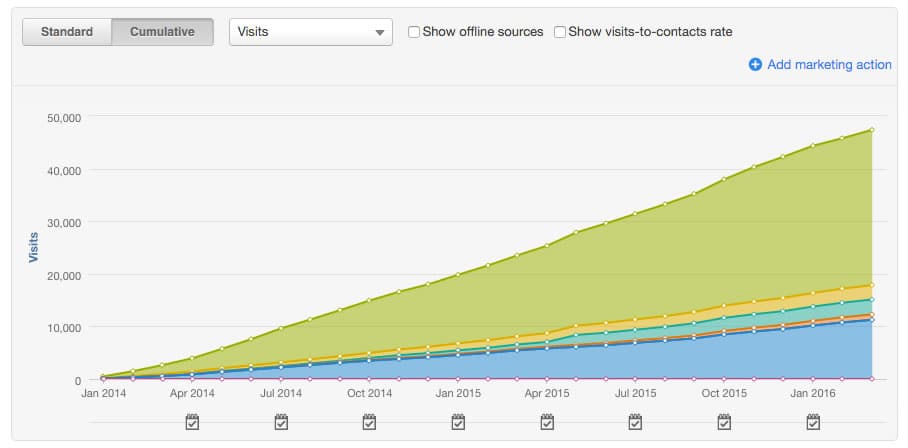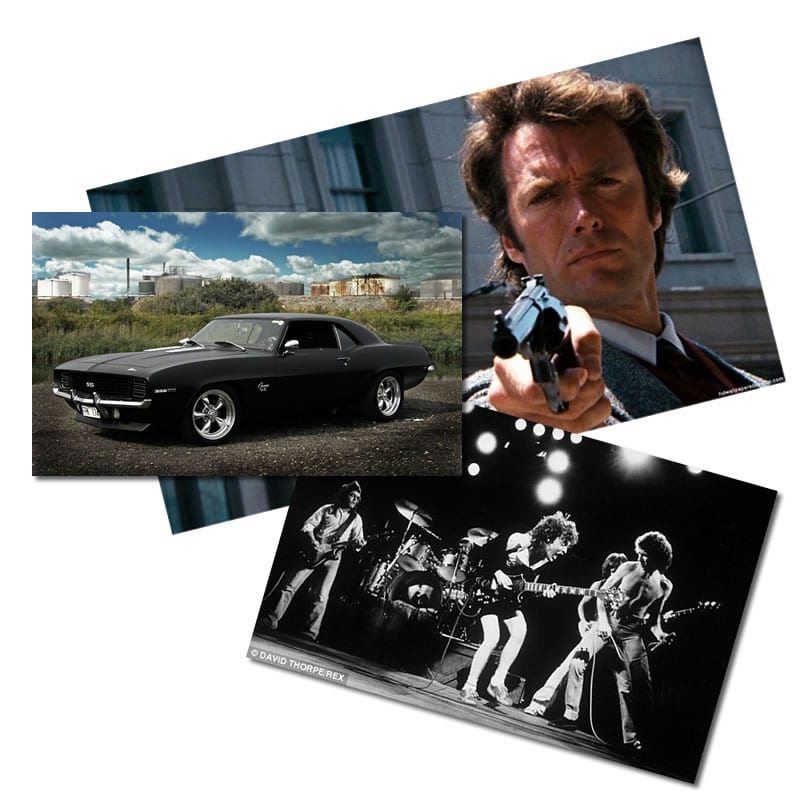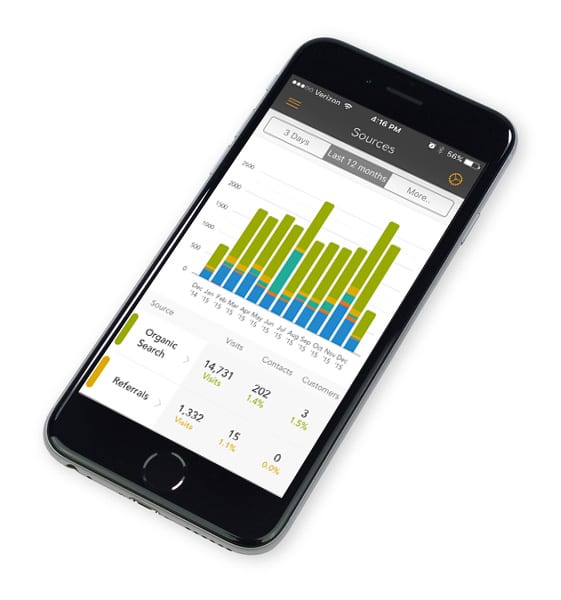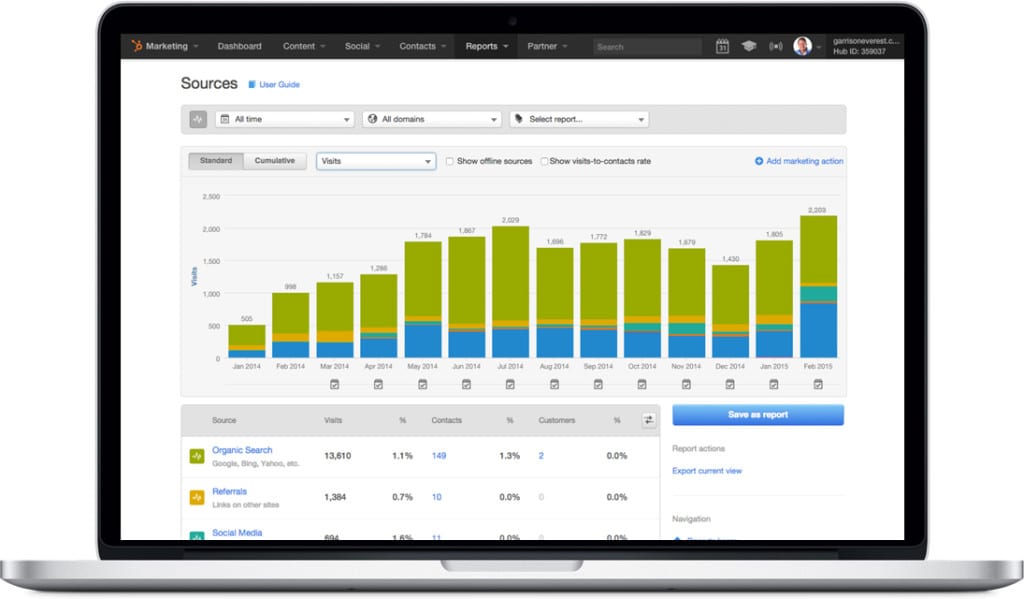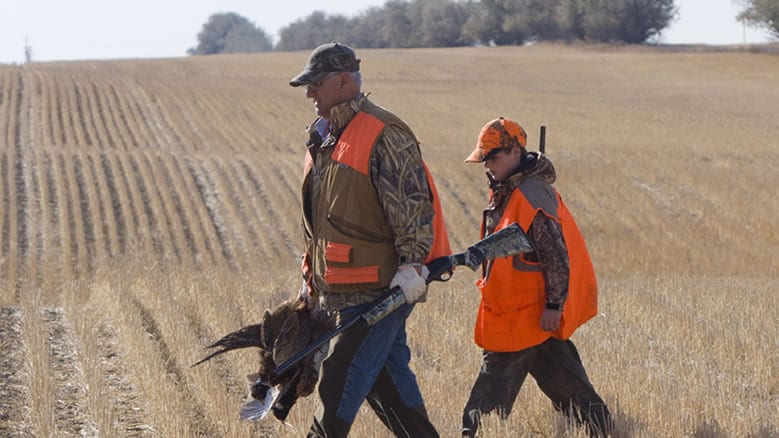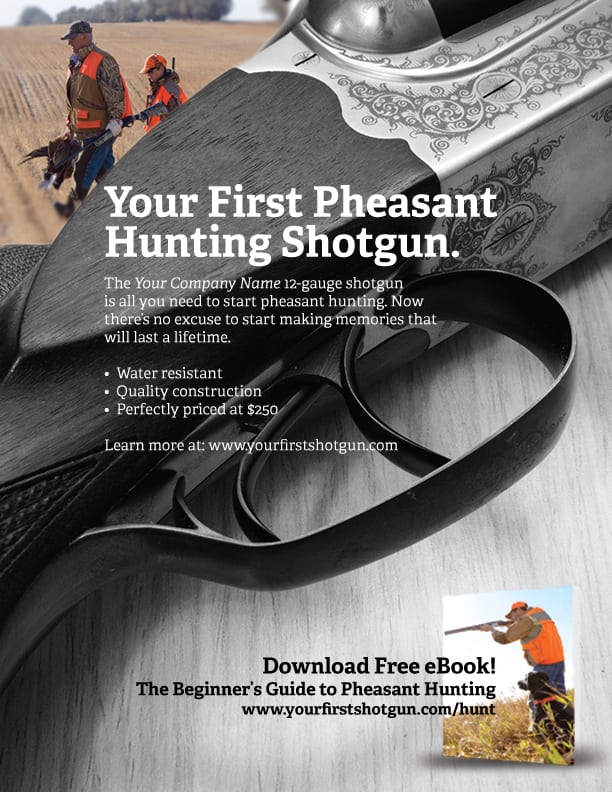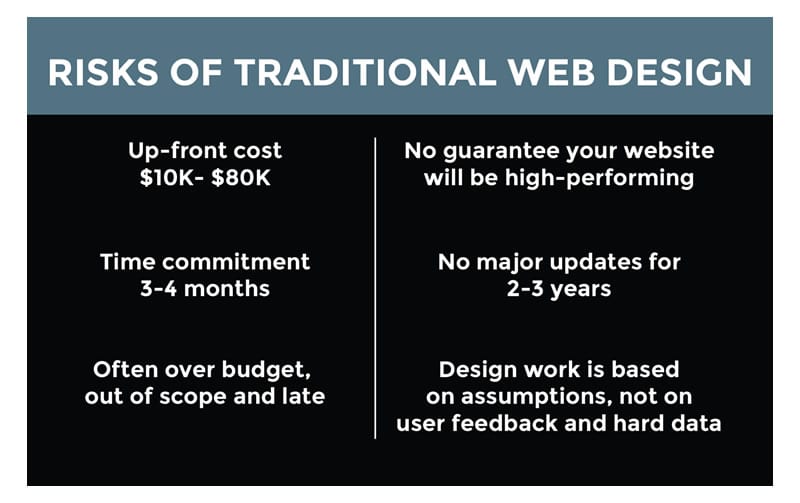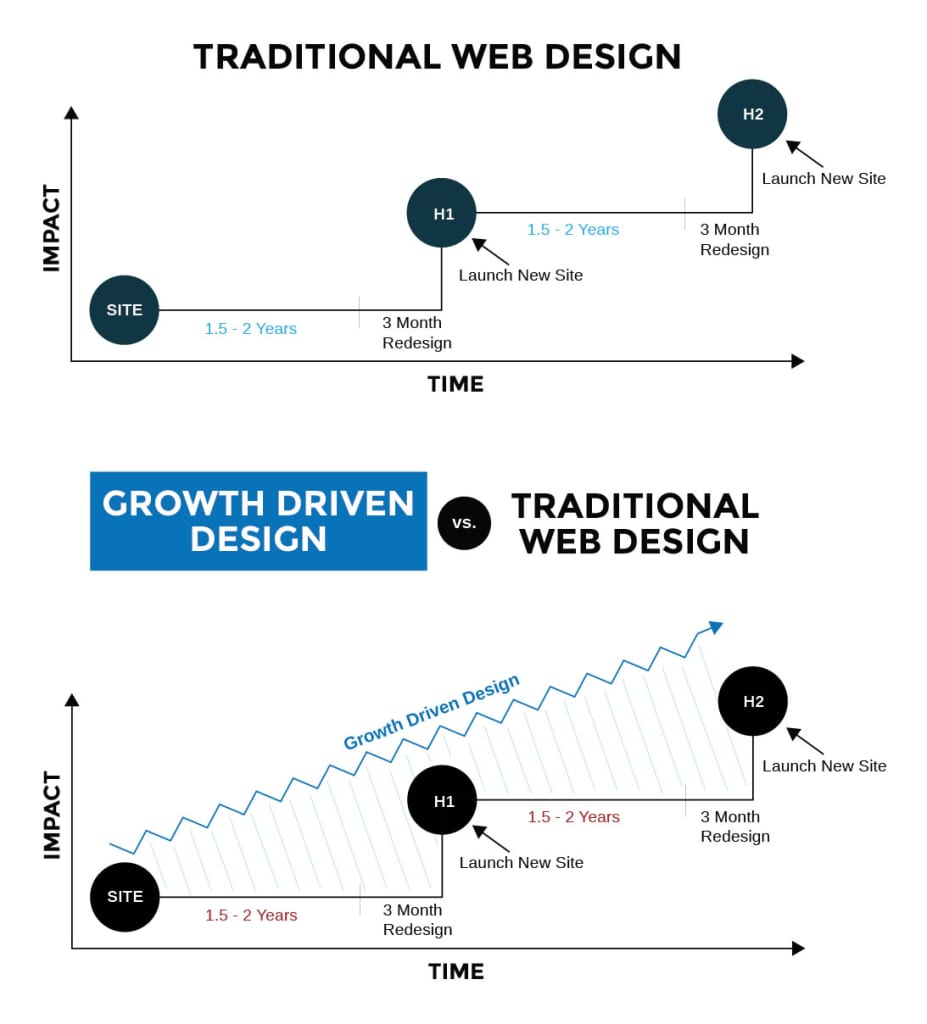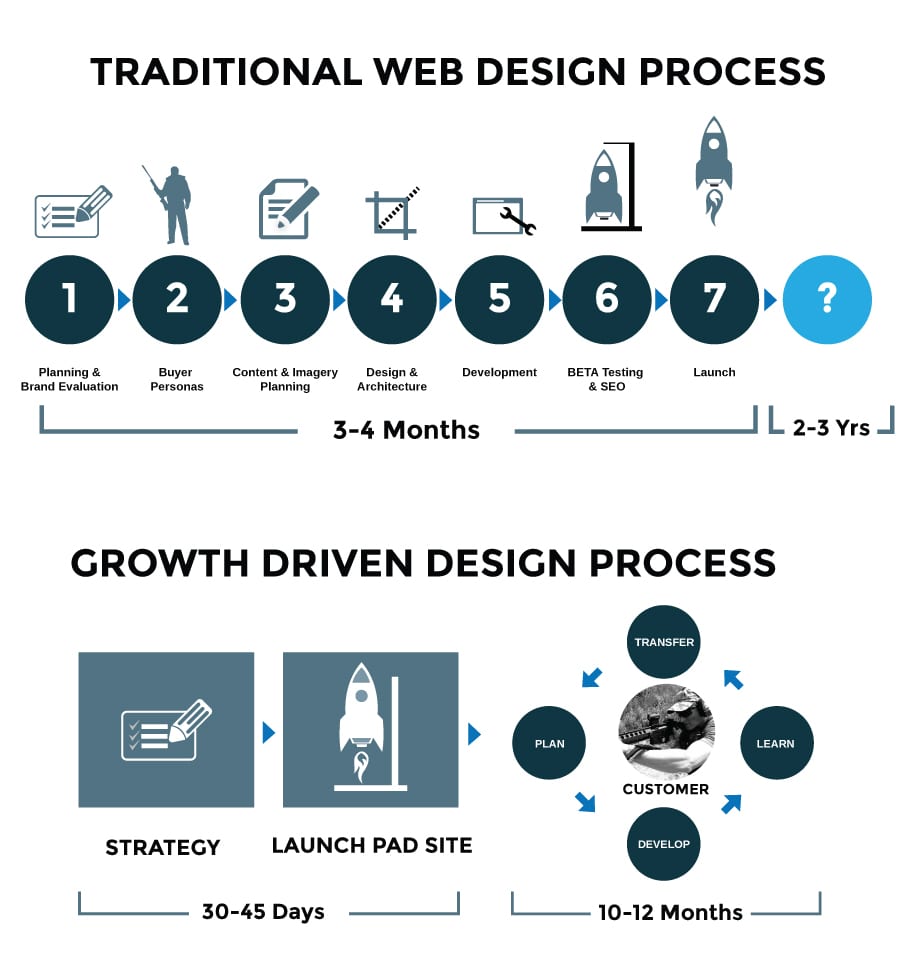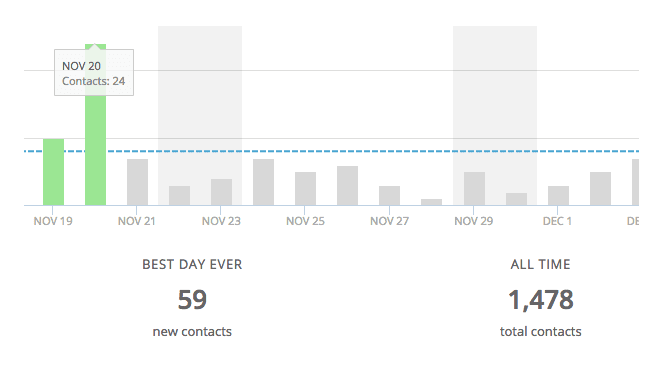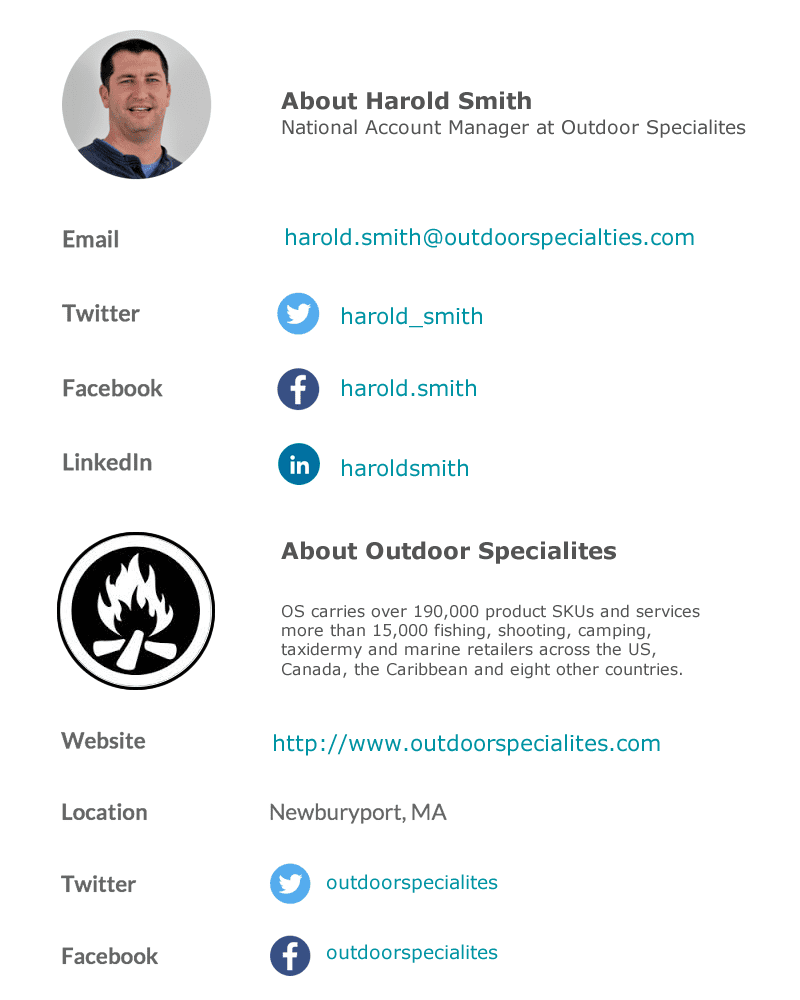
The term digital marketing gets thrown around quite a bit in the firearms and hunting industry. You know you need to “go” digital, but are still unsure what going *digital* exactly means or how to integrate these tactics with your current pre-paid outbound ad spend.
Digital marketing is an all-encompassing term that uses strategies like inbound marketing and content marketing or tactics like banner advertising, PPC (pay-per-click), SEO (search engine optimization) SEM (search engine marketing), social media and video, specifically on the internet to market products and services. Digital is not print magazine advertising, billboard, radio, tradeshow or T.V. Although digital is used to promote or augment these traditional mass marketing methods towards the desired result e.g. more sales, these methods are often difficult to measure.
Digital marketing budgets continue to increase as a preferred method of marketing and advertising by senior executives because of digitals’ ability to prove ROI. (Source: HubSpot)
According to the latest survey, more than two-thirds of Americans own smartphones. More people are shopping online—up 14% from 298.3 billion in 2015. (Source: Internet Retailer) And now for the first time over 50% of all web traffic is from mobile.
I would also add—just as an observation—more hunters and shooters are taking their smartphones into duck blinds, deer stands, and gun ranges. They’re searching for tips, products, and information while participating in outdoor activities. They are also comparing prices with other retailers online while shopping in-store.
Although many customers still prefer to shop in-store—customers are increasingly buying firearms, ammo, hunting supplies and accessories directly online. (Source: NSSF)
With over 70% of the sales process starting online and digital marketing becoming something hunting and firearm brands can no longer ignore—here are seven factors necessary to making the move to “digital.”
1. Website: Build a mobile-friendly digital hub
Some of the biggest names in the industry still have yet to move towards a mobile-friendly or otherwise known as a responsive web page format (websites that scale with screen size). Did you know that Google—who controls over 60% (Source: Search Engine Land) of all web search traffic—favors websites that are mobile-friendly? 74 percent of mobile users will leave unresponsive sites. And nearly a fourth of all Internet users access the Internet solely through mobile devices.
If you haven’t made the move to a mobile-friendly website, this should be your number one priority because right now you’re losing out on hundreds to thousands of potential customers, subscribers, and sales.
A recent Google survey of mobile users found that 72 percent of mobile users say it’s important to them that websites are mobile-friendly, yet 96 percent have visited a site that doesn’t work well on their device. Almost three-quarters of respondents said they are more likely to revisit a mobile-friendly site. Users are five times more likely to abandon the task they are trying to complete if the site isn’t optimized for mobile use, with 79 percent saying they will go back to search and try to find another site to meet their needs.
Almost three-quarters of respondents said they are more likely to revisit a mobile-friendly site. Users are five times more likely to abandon the task they are trying to complete if the site isn’t optimized for mobile use, with 79 percent saying they will go back to search and try to find another site to meet their needs. (Source: Search Engine Watch)
If this is starting to make you feel uncomfortable—there are several ways to get “mobile-friendly” fast. A complete website redesign is usually what’s required, but you can convert your current static website through making a few changes in your CSS (cascading style sheets) which means just changing your site’s code to percentages rather than fixed heights and widths. Talk to your web designer/developer on what it would take to make these changes if a web redesign isn’t possible.
2. Content: Build a robust content library
Starting with your positioning and brand strategy, create your content: downloadable offers, photos, and imagery. Start with your FAQs. How many of those questions can be turned into articles, how-to’s and videos?
Invest in professional photography and helpful search engine optimized blog articles and content, to begin building a digital foundation that can be grown and improved over time. The best part about content is that it can be tested, used across multiple formats and eventually retargeted. This can save time and money in the long run. Distribute this content far and wide through blog posts, email, social media, trade shows, dealer training, T.V. commercials and even in your sales process. Just like the print advertising you’re used to—think of content as “small ads” that “pull” your prospects to your brand through entertainment, education, and information—instead of “pushing” a message.
3. Social Media: Use a mix of “push” and “pull”
One way to expand your shares and likes as well as drive traffic to your website is by having a good mix of helpful content in addition to the news, events and giveaways you’re most likely posting now. Brands that have this figured out are not only “pushing” their products but are also “pulling” their customers to them by helping them to become better at their identified interests. See Springfield Armory’s Facebook feed for a good example.
“If you’re not heading in the direction of digital in the hunting and firearms industry, your brand is being left behind, and thousands if not millions of dollars are not making it into your company’s bank account.”
As mentioned above, you can only grow your audience and brand so far on social media with what you’ve been doing which most likely consists of “pushing” your product(s) with photos, videos, giveaways or questions i.e. “who’s going hunting this weekend?” Sure these posts are fun and sometimes drives engagement, but this doesn’t keep your brand relevant. Seek to add value and information to your Facebook, Twitter or Instagram feeds. Add in a video from Facebook Live to increase engagement. Aim to make your customers better, smarter and more informed. Your brand should be seen as “the expert” in your category. These tactics will pay dividends when your prospects or customers start looking to purchase that new optic, handguard, suppressor, lower, backpack, etc.
4. Email Marketing: Your most effective channel
5. Landing Pages: Capture your audience
Landing pages are used to capture user data, such as a name and email address. The sole purpose of the page is to collect information that will allow you to market to and connect with the prospect at a subsequent time. As such, a lead capture page will contain a form along with a description of what you’ll get in return for submitting your personal data. (Source: Unbounce)
There are many uses for landing pages:
- Ebook or whitepaper
- Giveaways
- Discount coupon/voucher
- Contest entry
- Free trial
- Notification of a future product launch
While most companies don’t see an increase in leads when increasing their total number of landing pages from 1-5 to 6-10, companies do see a 55% increase in leads when increasing their number of landing pages from 10 to 15. (Source: HubSpot)
6. SEO: Don’t miss out on organic traffic
SEO is becoming an increasingly overlooked way to drive more traffic and sales to industry websites. Top brands are missing out on traffic that typically total in the tens of thousands because they don’t rank for the terms their prospective customers are searching for. This leaves open opportunities for your competitors to outrank you in the digital space. People are no longer just searching Google, Bing or Yahoo—they’re also searching Facebook, Twitter, Gun District, YouTube, forums and other networks as well.
Start by conducting what search terms classify your products and what will drive the most traffic with tools like Moz, SEMRush or Wordtracker. Most offer a free 30-day trial.
Here are a few examples of how many leading industry product search words you may be missing out on per month:
- hunting scope: 4,400
- ar15: 110,000
- ak47: 49,500
- gun safe: 90,500
- hunting knife: 6,600
- suppressor: 12,100
- silencer: 9,900
- hunting backpack: 1,600
(Source: HubSpot’s keyword tool)
7. Analytics: Measure your results
Do you know what your bounce rate is? Do you also know if your social media likes or shares are translating into sales? Analytics are critical in any digital firearm or hunting marketing strategy because it allows you to track what’s working and what’s not. Analytics allow you to make better decisions like how much ROI your marketing is providing.
The ability to track and measure your marketing is perhaps the greatest benefit to going digital. This is especially beneficial for brands that run an online store.
Click here to get Google Analytics installed to begin measuring your website’s efficiency if you haven’t already. Without analytics, you’re flying blind.
Overall, most industry brands have a long way to go. Those who start now will be in a position to add a valuable revenue channel to their company’s bottom line and leave their competition in the dust. By building in the above seven factors, you’ll be well on your way to “going digital.”



